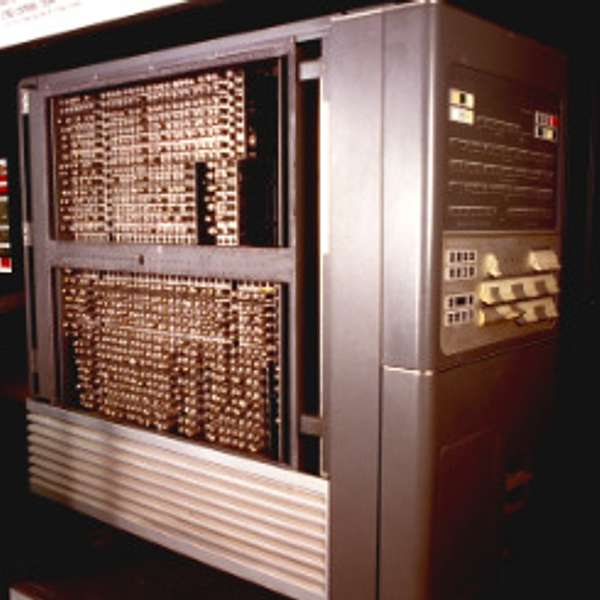
Digital Innovation Days
Digital Innovation Days
7 May 1954 - IBM 704 introduced
The introduction of IBM 704 on the 7th of May, 1954, marked a significant milestone in the history of computers as it was the first mass-produced computer in the world that featured indexing and floating-point arithmetic hardware. This was essentially a high-speed, electronic calculator which was controlled by an internally stored programme. A large-scale machine in its size, the 704 had extensive usage. To achieve high-speed computational power and versatility, this machine used stored programmes for every function.
IBM 704 came with a magnetic core memory that was far more reliable than the cathode ray tube memories used by its predecessors. The high-speed magnetic core memory was among the most advanced features of 704. This data processing system was a huge commercial success and by the end of the decade, IBM had produced 123 of these machines. The magnetic drum storage was another one of its highlights, a feature that allowed the storage of programmes, intermediate results, and tables, etc. The main purpose of this machine was to solve complex real-life problems in the fields of science, government, and business, just to name a few. For most of the problems, IBM 704 was able to process 40,000 instructions per second.
The significance of IBM 704 goes beyond its floating-point arithmetic hardware. This machine paved the road for many technological inventions further down the road and many high-profile tech developments occurred due to it. For instance, the programming languages FORTRAN and LISP were developed for this machine. In addition to this, MUSIC, the first-ever music application, was also meant for IBM 704. Furthermore, speech was also synthesised for the very first time on this mainframe. Thus, IBM 704 left its mark on the computer history not only due to its unique capabilities but also the inventions that it formed the basis for.